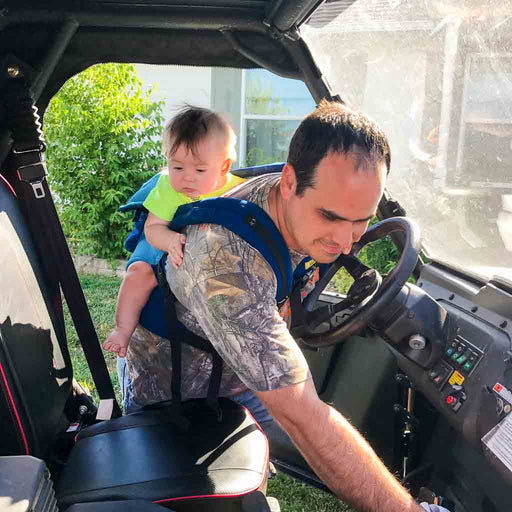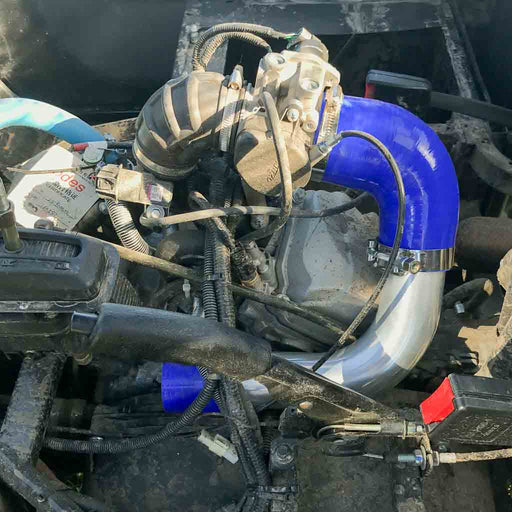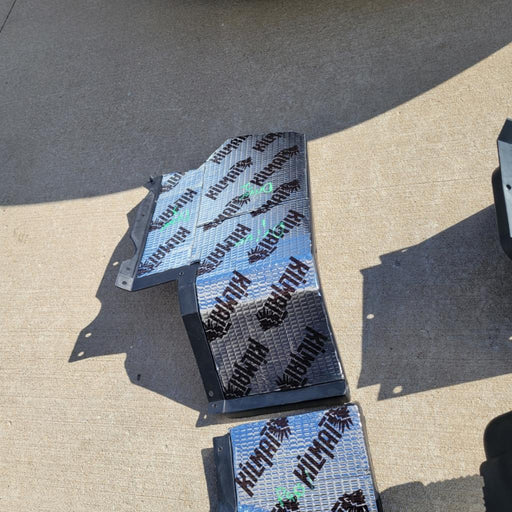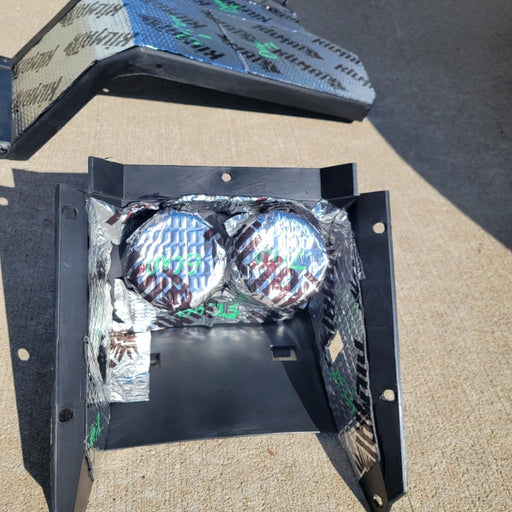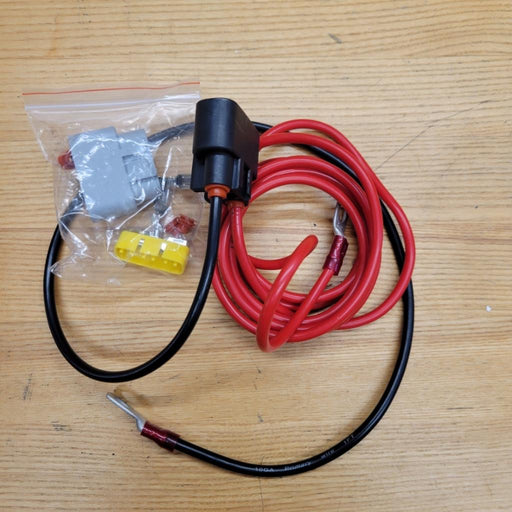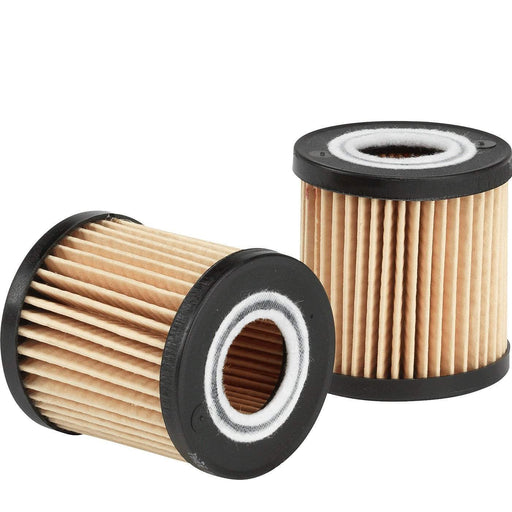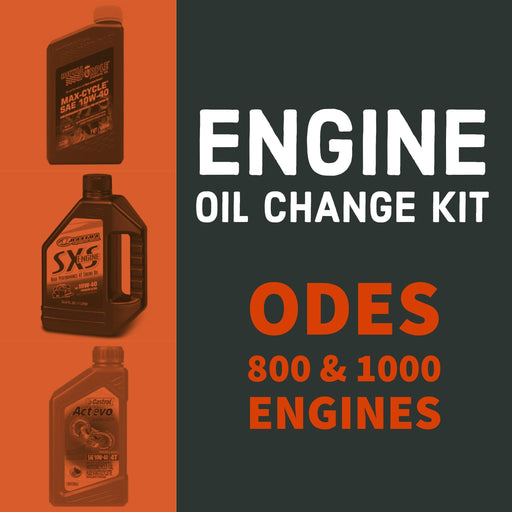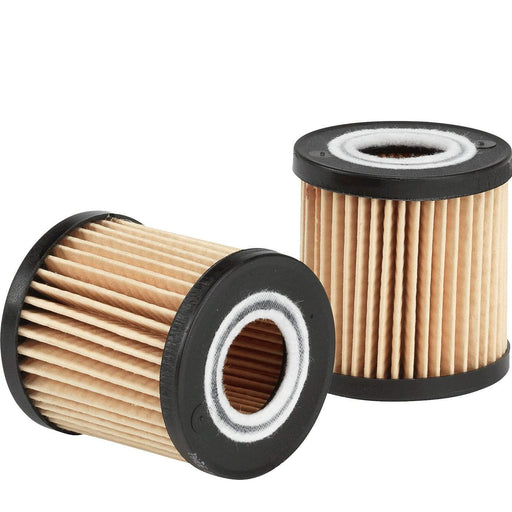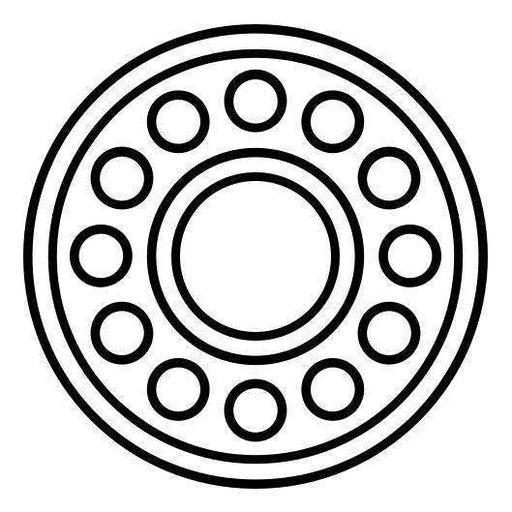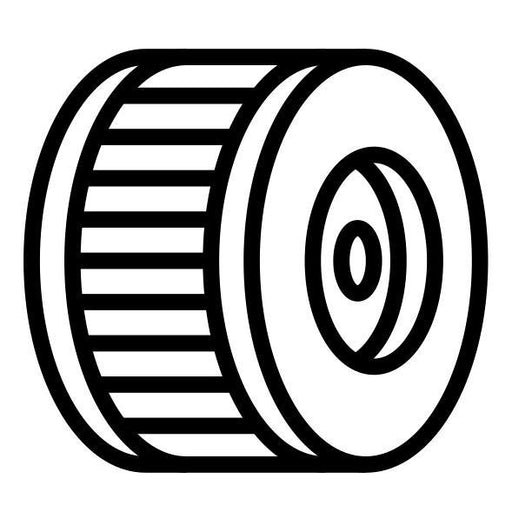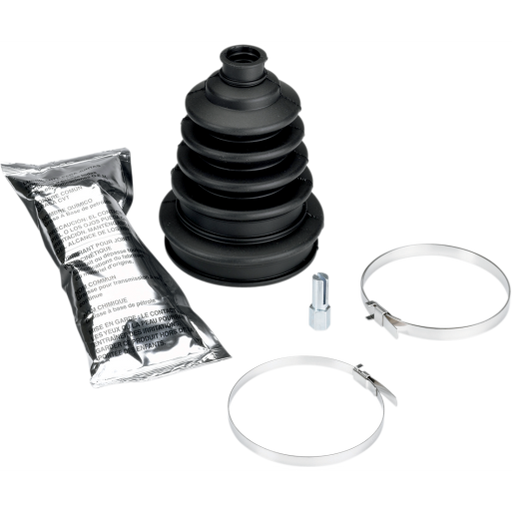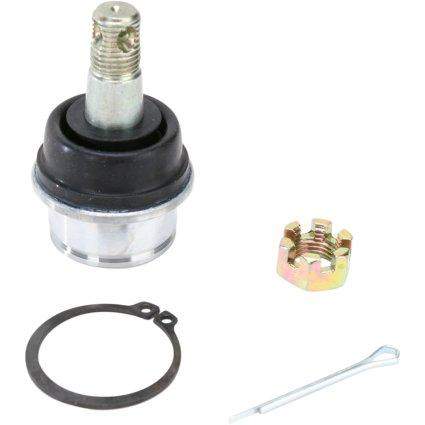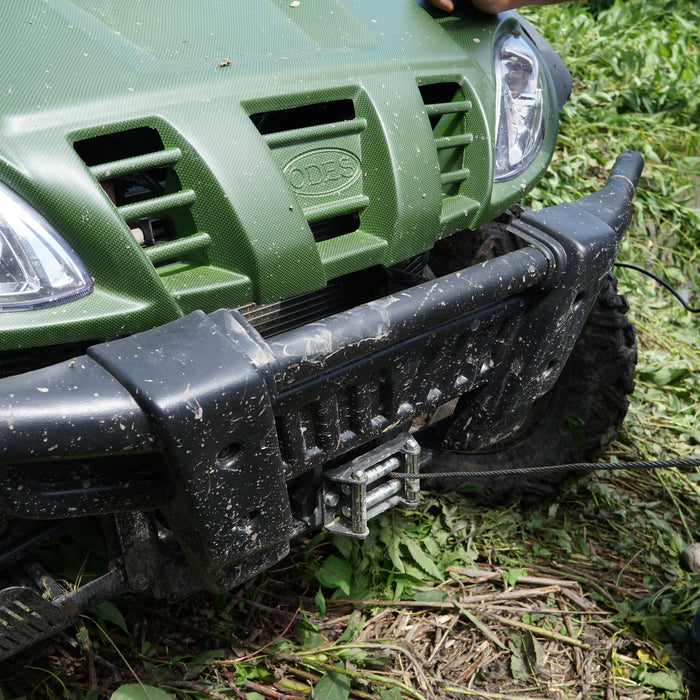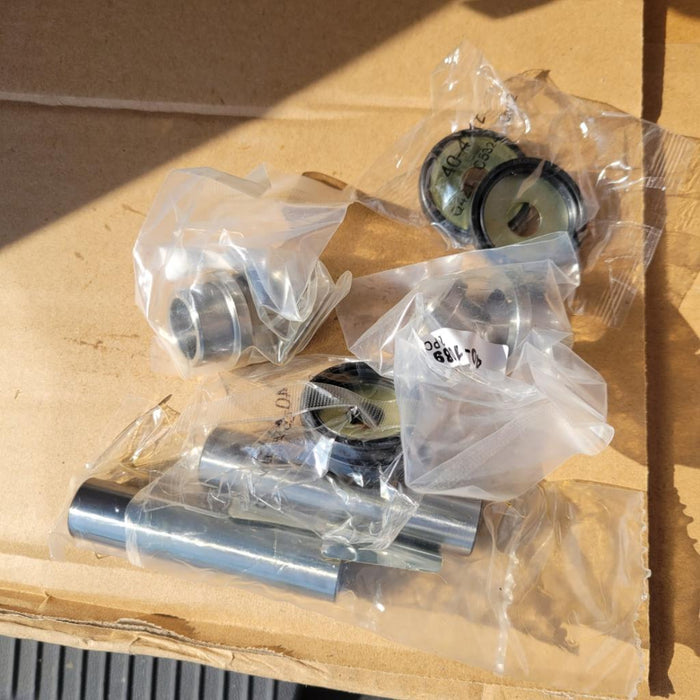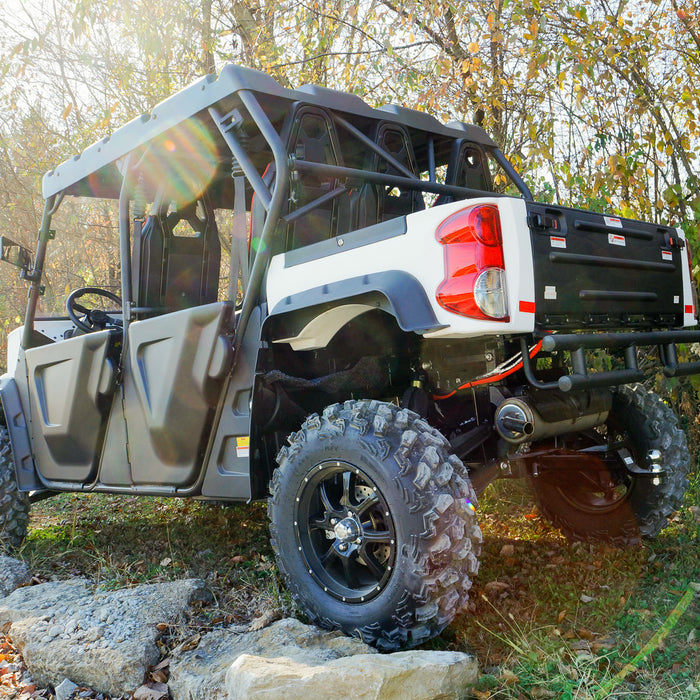
DIY an ATV First Aid Kit
Sometimes in the spring it can feel like we do more preparation than actual riding. Especially this year, when we had a small snow storm in the first week of May! Along with spring-time PMCS, we usually take the time to address any issues with the truck and any of the trailers we might be thinking about taking out. And I’m not going to lie, there are a lot times when I feel like I’m not contributing much, so I do what Army wives do best, I pack. 
Since Scott and I both drink a ton of water, we take our Camelbaks with us everywhere. If you are in the market for a hydration pack, there are plenty of brands available in every size and style imaginable. The Camelbak brands can get a bit pricey depending on the pack you choose, but I highly recommend them. I am so in love with the bite valves that the only water bottles I use at home are the Camelbak eddy bottles. It's hard to explain, but I feel like you can get a lot more water out of one bite versus some of the other brands and that helps us to drink more water in less time. We especially love them for riding because we can carry so much extra stuff with us without feeling weighed down. Over the weekend I decided to go through our bags and get rid of any of the excess stuff from last year. (Like the year old bag of pretzels you can see poking out of Scott's bag in the picture above.) As I was going through our bags, I came across our first aid kit. Well, not so much a kit, as a sandwich bag with an elastic bandage, a splint, and a few packs of gauze. While it would definitely do in a pinch (though thankfully, we've never had to use it), we knew we wanted something a little more... more.

Last weekend was drill weekend and since I desperately needed to get out of the house, I headed out to Target to pick up some items for our First Aid Kit 2.0. I hate buying pre-made kits for a number of reasons. First being that the boxes always suck. Granted, there are some kits that actually come in bags, but most of the ones I have ever had have come in plastic boxes. You know, the kind with the annoying little snap tab that never stays shut. Since they’re plastic, they can’t really be shoved into small spaces, which is pretty essential if you're planning on taking it riding. Plus with the store bought kits I always feel like I have to add things to them and take away all of the extra stuff that we don’t need. I recognize that saying that we don’t need something in a first aid kit is going to be criticized by some people. But I refuse to pack for every possible scenario. So let’s hope the zombie apocalypse doesn’t happen while we’re out riding because I’m leaving the shot guns at home. I thought it might be easier to start by mentioning a few items that I intentionally left out of our kit and to throw out some assumptions before anyone starts thinking I’m either forgetful or really unprepared. Water, gloves, helmets, goggles, etc., are all a given. When I talk about a first aid kit, I’m talking about a small little bag that you could cram into the storage compartment of your ATV and hope that you never have to pull back out. (Although, if you’re like us and ride through a lot of water, you really should pull it out every once in a while just to give it a once over and make sure everything is still dry. And at least once a year if you carry anything that would expire, like medications.) Another of my pet peeves with most first aid kits is that they all have so many band aids! What are we going to do with so many band aids? I’ve tried my best to come up with a reason we might need so many band aids but I have never once gotten a paper cut while riding. And honestly, we don’t use them for paper cuts either! Maybe you could say that if you were worried about blisters you could take band aids, but a good pair of boots and gloves should take care of those problems. Otherwise, you’re just taking the real problem and, well, putting a band aid over it. I also don’t pack things like Neosporin, aspirin, Tylenol, or any other kind of medications. The great thing about adrenaline is that we usually don’t ever want any of this stuff until we’re either back at the truck or wake up sore the next morning, so keeping it with us on our bikes is just a waste of space. So what is worthy of taking up valuable space and riding everywhere with us? Only the things I don’t even want to think about needing to use.

I was able to pick up almost everything I needed in just one aisle in Target.
- Cold Packs, which conveniently came in a two pack
- Two rolls of gauze
- Two self-adherant elastic bandages (Sadly, they didn't carry any in orange)
- A 24 oz bottle of 91% Isopropyl Alcohol (Bonus: Anything over 90% can be used in your fuel tank if you happen to get water in there. If you already have alcohol at home, check to make sure that it is not 70% before adding it to your fuel tank!)
- Two 3 oz bottles (Because it would be crazy to carry an entire 24 oz bottle of alcohol with us)
- A two pack of kids safety scissors (We only wanted them to cut the gauze or bandages and at $1.89, they were by far the cheapest option)
I managed to walk out of the store having only spent $21.97. Since I made two kits, that broke down to $10.99 per kit. Not bad considering I got to pick all of the supplies and don't have any leftover pieces. (Except the excess alcohol).

Having it all layed out on the table made me question whether or not it would all fit in our bags, but it only took me a few minutes to open everything up and get it sorted into individual kits. Once everything was broken down it was a lot more manageable. Here's a hint about the alcohol: you definitely want it labeled, especially if there is any chance you will ever use it in your fuel tank. If you just write on the bottle with a Sharpie, the alcohol will take it right off if it comes into contact with the outside of the bottle. Save yourself some time and confusion by printing a label. Just for good measure, I covered the label with a strip of clear packing tape. I was really tempted to throw our kits in a sandwich bag and be done with it, but I can never seem to get them to close all the way. And since the bags are likely to get wet, getting them closed perfectly every time they were opened seemed like an unnecessary headache. Luckily, I remembered these small bags I hadn't found a use for yet.

They're great because not only are they small, zippered, and flexible, but they are water resistant. They might look all soft and pretty on the outside (ok, they actually are), but there is a waterproof liner on the inside that keeps the contents dry. (Or wet - If you were using it to carry something like wet clothes, the water would stay on the inside and the outside of the bag would stay dry.) Chance are that you don't have the exact bags that I have. If you still didn't want to use sandwich bags, reusable lunch bags would work just as well if you had any on hand. I also really like this wet bag from Planet Wise.

I added all of our supplies and they fit great! The alcohol is on the bottom but you can see the cold pack, gauze, bandages, and scissors. I love that everything is within reach so if we do ever need to open these kits up, we won't waste time digging around in the bag. There's even room to add a few extras. We'll probably go back and add a splint to each bag. Our old kit already had a splint so we'll definitely reuse that but I might just have a popsicle and add the stick to my kit. (A splint still works if it tastes like cherry, right?)

Our kits fit into our bags great, and we've still got plenty of room left. 
I'm not sure why I opted for the bag with fewer pockets, but even with a first aid kit, I've still got plenty of room for gloves, sun glasses, and a few snacks.

I'm pretty impressed with these kits. By the time that we got them put together, they are still cheaper than the store bought kits, especially if you’re like us and need to make a kit for more than one bike. Obviously, you may have other things that you really do need to add (an Epi-Pen or inhaler would be a great idea if that’s something that applies to you) but all of the items listed here are would work great in the case of a real emergency. It’s not like you’re going to be hanging out in the woods after an injury so there’s no reason to pack like you’ll be performing open heart surgery.
-
Original price $ 159.99 - Original price $ 204.99Original price$ 159.99 - $ 204.99$ 159.99 - $ 204.99Current price $ 159.99
Air Filter Relocation Kit for ODES UTVS
Scooter's PowersportsOut of stockOur very own Air Filter Relocation kit for ODES UTVS. Designed and manufactured by Scooter's Powersports. Unlike some ODES Air Filter Relocation K...
View full detailsOriginal price $ 159.99 - Original price $ 204.99Original price$ 159.99 - $ 204.99$ 159.99 - $ 204.99Current price $ 159.99Sold out -
Original price $ 129.99 - Original price $ 159.99Original price$ 129.99 - $ 159.99$ 129.99 - $ 159.99Current price $ 129.99
Pre-Cut Sound Proof Matting for ODES UTVS
Scooter's PowersportsIf the noise inside the cab of your ODES UTV has ever bothered you, this. is your solution. Now you can get one of our best selling shop services a...
View full detailsOriginal price $ 129.99 - Original price $ 159.99Original price$ 129.99 - $ 159.99$ 129.99 - $ 159.99Current price $ 129.99 -
Original price $ 40.00 - Original price $ 40.00Original price$ 40.00$ 40.00 - $ 40.00Current price $ 40.00
Voltage Regulator Relocation Kit for ODES UTVS
Scooter's PowersportsDesigned to move the voltage regulator from under the hood to under the seat. Requested by you and built by Scooter's Powersports. Allows for elimi...
View full detailsOriginal price $ 40.00 - Original price $ 40.00Original price$ 40.00$ 40.00 - $ 40.00Current price $ 40.00 -
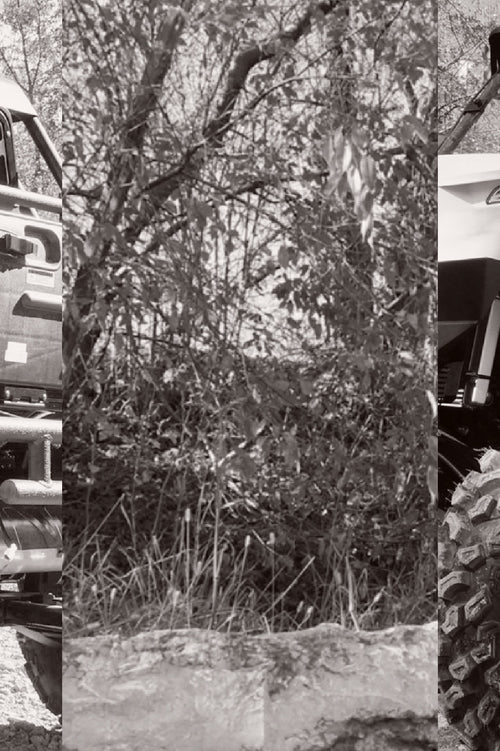 View all ODES UTV Performance mods
View all ODES UTV Performance mods
-
 ODES UTVS best sellers
ODES UTVS best sellers -
Original price $ 38.49 - Original price $ 55.99Original price$ 38.49 - $ 55.99$ 38.49 - $ 55.99Current price $ 38.49
ODES Oil Change Kit for 800 and 1000 Engines
Scooter's PowersportsODES Industries recommends an engine oil change at 25-hours of run time or 1000 miles. (We won’t tell if you turn that down to once every 50-hours ...
View full detailsOriginal price $ 38.49 - Original price $ 55.99Original price$ 38.49 - $ 55.99$ 38.49 - $ 55.99Current price $ 38.49 -
Original price $ 7.99 - Original price $ 7.99Original price$ 7.99$ 7.99 - $ 7.99Current price $ 7.99
ODES Oil Filter - High-Performance
Not specifiedHigh-performance aftermarket ODES oil filter. Compatible with 800cc and 1000cc ODES engines. Be sure to select your make and model before adding to...
View full detailsOriginal price $ 7.99 - Original price $ 7.99Original price$ 7.99$ 7.99 - $ 7.99Current price $ 7.99 -
Original price $ 49.99 - Original price $ 62.00Original price$ 49.99 - $ 62.00$ 49.99 - $ 62.00Current price $ 49.99
Pivot Works Wheel Bearing Kit for ODES - Lifetime Replacement!
Pivot WorksPivot Works wheel bearing kit for 2012+ 800cc and 1000cc UTVs from ODES Industries. Fitment includes the Short Travel (Standard) suspension and the...
View full detailsOriginal price $ 49.99 - Original price $ 62.00Original price$ 49.99 - $ 62.00$ 49.99 - $ 62.00Current price $ 49.99 -
Original price $ 159.99 - Original price $ 204.99Original price$ 159.99 - $ 204.99$ 159.99 - $ 204.99Current price $ 159.99
Air Filter Relocation Kit for ODES UTVS
Scooter's PowersportsOut of stockOur very own Air Filter Relocation kit for ODES UTVS. Designed and manufactured by Scooter's Powersports. Unlike some ODES Air Filter Relocation K...
View full detailsOriginal price $ 159.99 - Original price $ 204.99Original price$ 159.99 - $ 204.99$ 159.99 - $ 204.99Current price $ 159.99Sold out -
Original price $ 40.99Original price $ 40.99 - Original price $ 40.99Original price $ 40.99Current price $ 36.95$ 36.95 - $ 36.95Current price $ 36.95
ODES 800cc Air Filter | 21040401001
ODES IndustriesOut of stockOEM air filter for ODES 800cc engines. Vehicle Fitment This part is compatible with the following vehicles 2012+ ODES Dominator 800 2015+ ODES Dom...
View full detailsOriginal price $ 40.99Original price $ 40.99 - Original price $ 40.99Original price $ 40.99Current price $ 36.95$ 36.95 - $ 36.95Current price $ 36.95Sold out -
Original price $ 18.99 - Original price $ 18.99Original price$ 18.99$ 18.99 - $ 18.99Current price $ 18.99
Fast Boot Kit
MooseOut of stockExtremely heavy duty CV boot that fits virtually all ATVs and UTVs. Additional rib to allow boot to expand for larger joints Improved clamp retain...
View full detailsOriginal price $ 18.99 - Original price $ 18.99Original price$ 18.99$ 18.99 - $ 18.99Current price $ 18.99Sold out -
Original price $ 29.99 - Original price $ 29.99Original price$ 29.99$ 29.99 - $ 29.99Current price $ 29.99
ODES Ball Joint Kit
Scooter's PowersportsODES ball joint kit for 800cc and 1000cc ODES UTVs. ODES Ball Joint Kit Includes (1) Ball joint (1) Circlip (1) Cotter pin (1) Nut Each kit provi...
View full detailsOriginal price $ 29.99 - Original price $ 29.99Original price$ 29.99$ 29.99 - $ 29.99Current price $ 29.99

